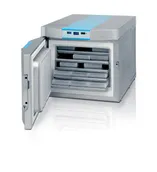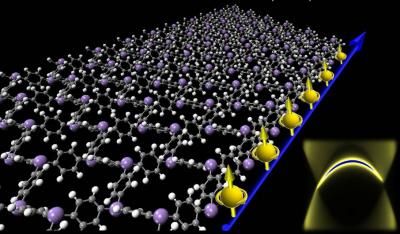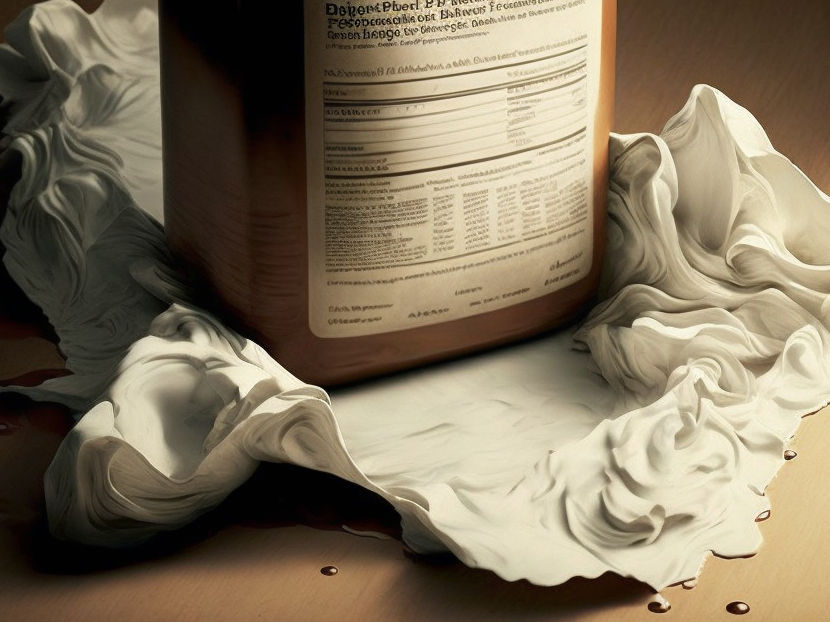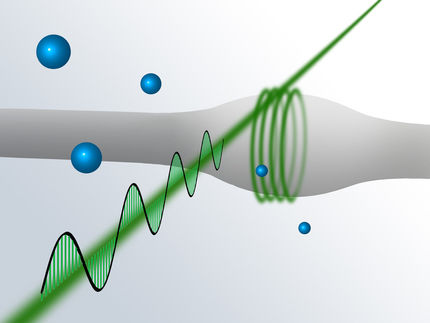Researchers produce first demonstration of matter wave technique that could cool molecules
Researchers from the University of Southampton have demonstrated for the first time a new laser cooling method, based upon the interference of matter waves, that could be used to cool molecules.
The current technique of cooling atoms down from room temperature to the ultra-cold regime using optical molasses is limited to atoms with favourable electronic structure. As a result, only a small fraction of atomic elements, along with a select few diatomic molecules, have been cooled in this manner.
The research team at Southampton has provided the first proof-of-principle demonstration of a new laser cooling technique, based on a proposal by Martin Weitz and Nobel laureate Ted Hänsch in 2000, which is in principle applicable to atoms and molecules as yet untamed by conventional laser cooling.
Using the new approach, which harnesses the quantum interference of matter waves, the team was able to cool a sample of already-cold Rubidium down close to the fundamental temperature limit of laser cooling.
The cooling technique is based on matter wave interferometry, in which an atom is placed into a superposition of states by a laser pulse. The atom travels simultaneously along two paths, which interfere at a later time, and the impulse imparted to the atom depends on the difference between these paths. Fundamentally, the impulse depends upon how the difference in energy along the two paths compares with the energy of the laser photons, where the atom's energy is formed of potential and kinetic parts.
The clever trick behind Weitz and Hänsch's scheme is to make the laser interact with the atoms in such a manner as to remove the dependence on the potential energy, and thus the internal electronic structure, leaving the interference based solely on the kinetic energy of the particle.
The team at Southampton has demonstrated the principle of using matter wave interference to cool atoms. Their results are a significant step toward decoupling the cooling mechanism from the internal electronic structure.
Original publication
Other news from the department science
These products might interest you

FRYKA - circulating coolers ULK by FRYKA Kältetechnik
Recirculating chillers from FRYKA - whisper-quiet, efficient and sustainable
Cool with a clear conscience

B 35 by FRYKA Kältetechnik
Deep freezer for arctic cold - directly on your lab bench
Your samples - ready to hand thanks to decentralized storage and safely cooled at up to - 85 °C

Get the chemical industry in your inbox
By submitting this form you agree that LUMITOS AG will send you the newsletter(s) selected above by email. Your data will not be passed on to third parties. Your data will be stored and processed in accordance with our data protection regulations. LUMITOS may contact you by email for the purpose of advertising or market and opinion surveys. You can revoke your consent at any time without giving reasons to LUMITOS AG, Ernst-Augustin-Str. 2, 12489 Berlin, Germany or by e-mail at revoke@lumitos.com with effect for the future. In addition, each email contains a link to unsubscribe from the corresponding newsletter.
Most read news
More news from our other portals
Last viewed contents
Hidden chirality - Nitrogen-15 isotope can trigger asymmetric autocatalytic reactions toward chiral organic compounds

Engineers show feasibility of superfast materials - 'Organic topological insulators' for quantum computing
CNT membranes used to make carbon-zero fuels for less than fossil fuels
Completely Biological, yet Artificial - A new class of synthetic biomaterials made of sugar and peptide building blocks
Soft machines - A fast, low-voltage actuator for soft and wearable robotics
Power from formic acid - Room temperature is warm enough: hydrogen for fuel cells from formic acid



























































